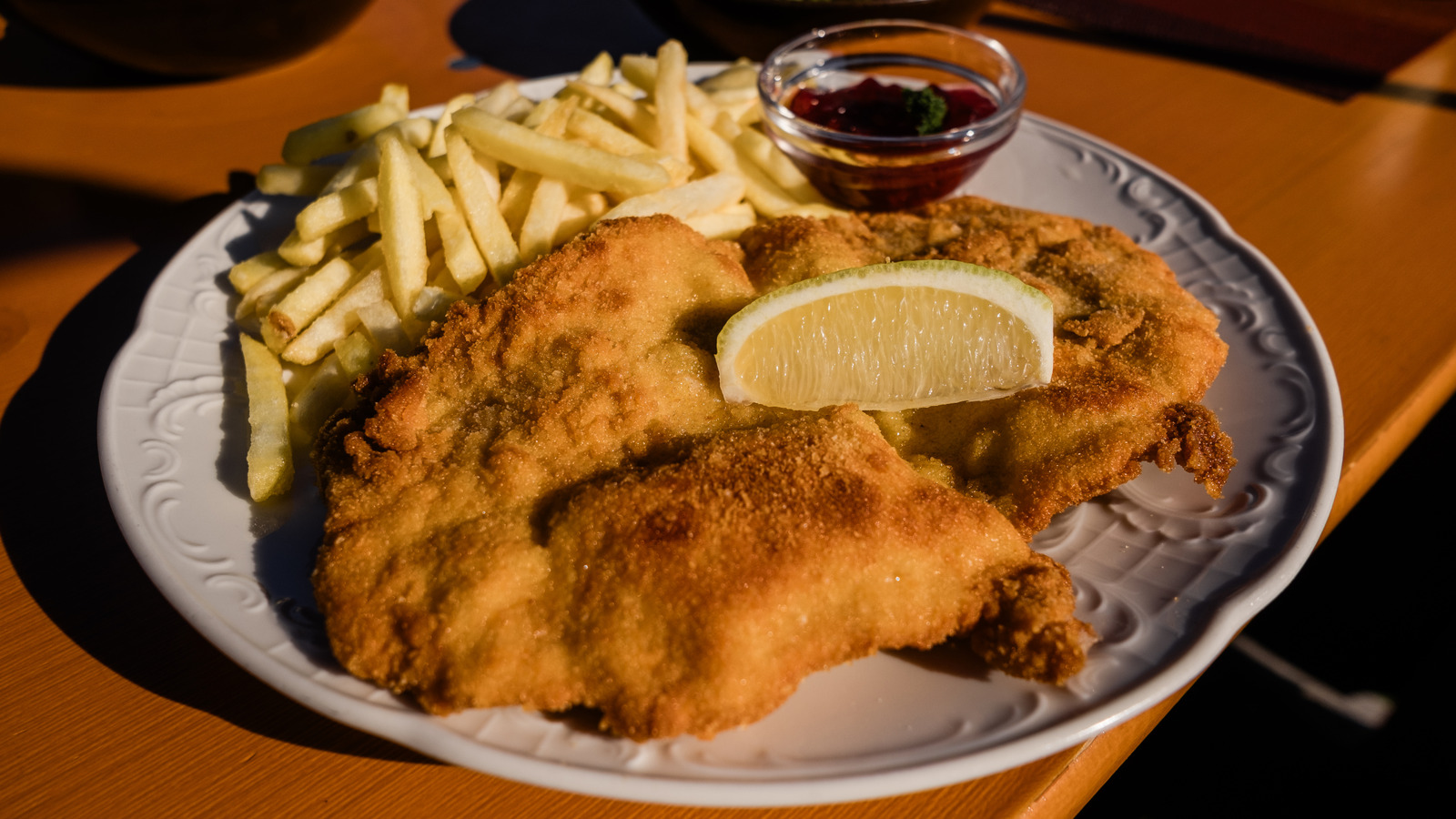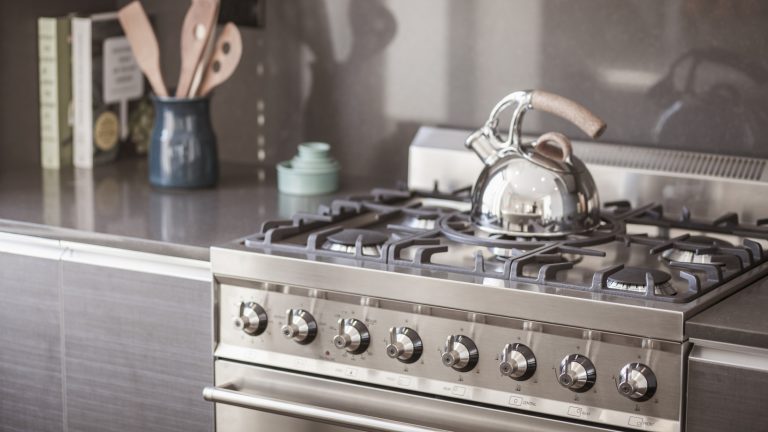The crispy breaded cutlet of meat has become a comfort food staple across the world, from Latin American milanesa to Japanese katsu, and few styles are more revered than a traditional schnitzel. In Germany, Austria, and Eastern Europe, where the style is most popular, schnitzel is typically made with veal or pork, although the name can be used for any sliced, breaded, and fried meat. What really makes schnitzel special isn’t just the breading, as that’s relatively simple; it’s just how thin the meat is. A proper schnitzel becomes almost a thin ribbon of meat, spreading out to plate-sized proportions to maximize the amount of crispy breading you get in each bite.
Getting schnitzel perfectly thin is a bit of science, so we asked German food expert Sophie Sadler how thin she would make her ideal schnitzel. In her recipe for “The BEST Pork Schnitzel You Will Ever Eat,” which she shared on her German food blog, Dirndl Kitchen, Sadler says she likes her meat “ultra thin” and recommends 1/4 inch thick.
Speaking to Tasting Table, Sadler said the crispiest schnitzel should be between 1/4 to 1/8 inch thick. “That thinness gives you the perfect balance of golden, crunchy breading on the outside and juicy meat on the inside,” she explained. And extra-thin schnitzel isn’t just about the breading ratio; it’s about cooking it properly. “It also ensures the meat cooks through quickly, so the crust doesn’t burn,” Sadler noted, adding that this recommendation applies to any type of common meat you want to use for schnitzel.
The crispiest schnitzel should be between 1/4 to 1/8 inch thick
Slicing meat to 1/8 inch is tough, but Sadler said, “Instead of cutting the meat to size, I like to leave it about 1/2 inch thick, place it between two sheets of plastic wrap or inside a gallon-size freezer bag, and pound it thin using the flat side of a meat mallet.” Besides being easier than getting an evenly thin slice, this also has the benefit of tenderizing the schnitzel.
Once meat gets this thin, you don’t have to worry about drying out your meat like you would with thicker cuts. As Sadler explained, “This is another reason why I prefer thin schnitzel, as it cooks a lot faster.” You don’t need to use high heat to fry it either — you want to avoid it. “I also cook my schnitzel over medium temperature, which helps to not burn the breading before the meat is cooked,” Sadler shared.
And while super-thin schnitzel is the most essential tip to keep it crispy, Sadler also has advice for what you cook it in. She says, “Fry it in a mix of butter and a high-heat oil such as avocado oil, which is my personal favorite. This way you are increasing the smoke point of your frying oil while retaining the super delicious butter flavor.” She didn’t have to say any more than that to convince us.






